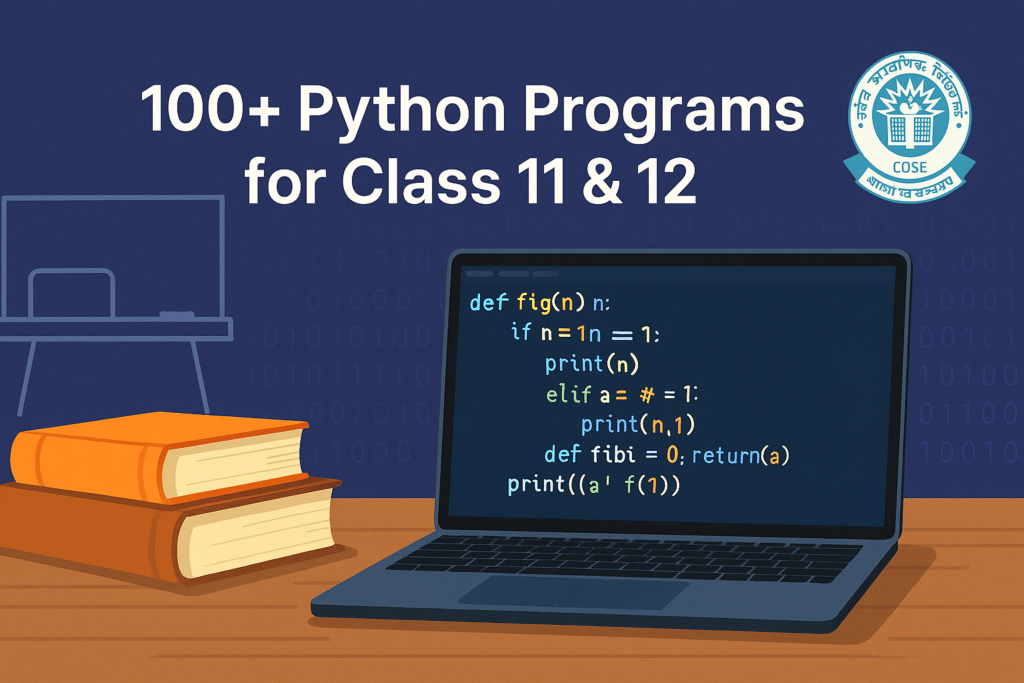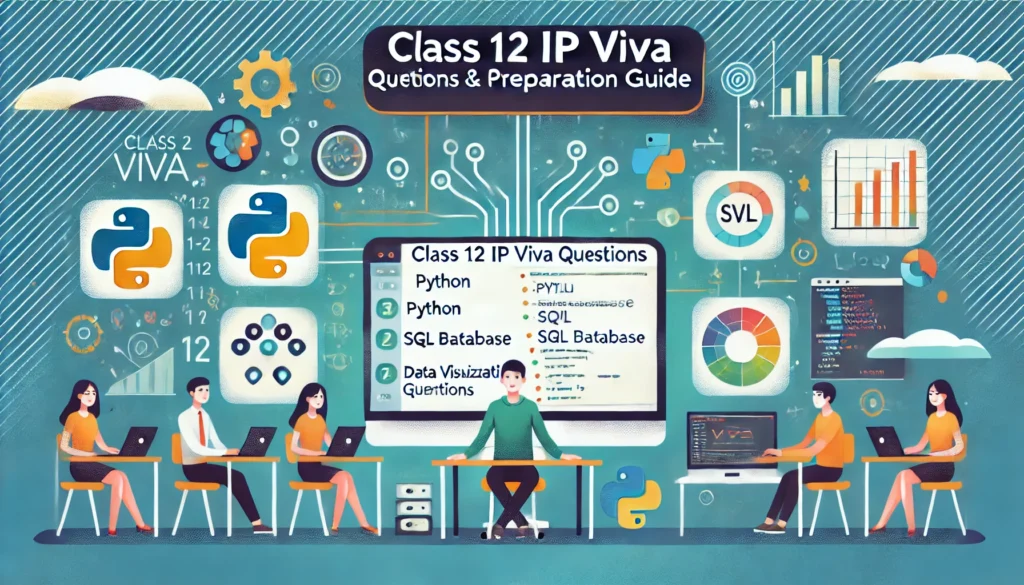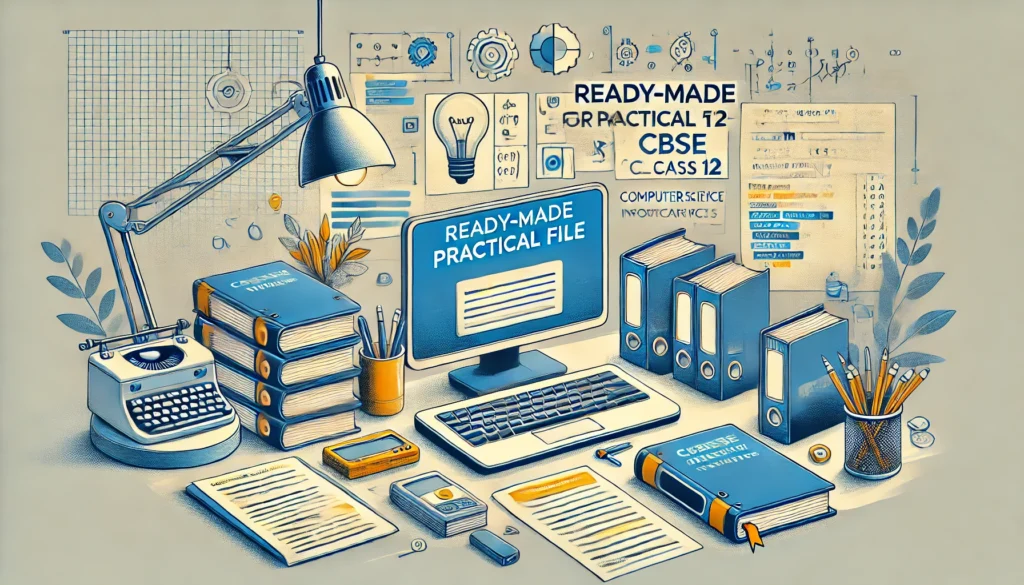100+ Python AI Programs to Kickstart Your Career in Artificial Intelligence
1. Hello AI – Print “Hello AI World” 2. Fibonacci Sequence Generator (Recursion vs Iteration) 3. Tic-Tac-Toe with Minimax AI 4. Rock-Paper-Scissors AI (Random...
Read More →This category is dedicated to providing comprehensive resources for CBSE Information Practices (IP) and Computer Science (CS) students. Here, you will find practical files, worksheets, and assignments designed to help students understand core programming concepts, data handling, and computational thinking. Each file includes step-by-step solutions and sample programs covering topics like Python, SQL, MySQL, data structures, and more. Our practical resources are aligned with the CBSE syllabus, ensuring that students are well-prepared for their exams and practical assessments.

1. Hello AI – Print “Hello AI World” 2. Fibonacci Sequence Generator (Recursion vs Iteration) 3. Tic-Tac-Toe with Minimax AI 4. Rock-Paper-Scissors AI (Random...
Read More →
Explore 100+ CBSE Class 11 & 12 Python programs with output covering fundamentals, conditionals, loops, strings, lists, dictionaries, file handling, pandas, functions, data structures,...
Read More →
As the Class 12 CBSE board exams approach, Informatics Practices (IP) students must prepare not only for their written exams but also for the...
Read More →
Save time and effort with ready-made practical files tailored for CBSE Class 12 IP and CS students. These professionally crafted files meet the latest...
Read More →
Welcome to this blog post where we explore 20 essential Python programs for CBSE Class 11 practicals. These programs are designed to help students...
Read More →
If you’re a Class 12 student pursuing Information Practices (IP) under the CBSE curriculum, practical exams are a vital component. This blog provides a...
Read More →